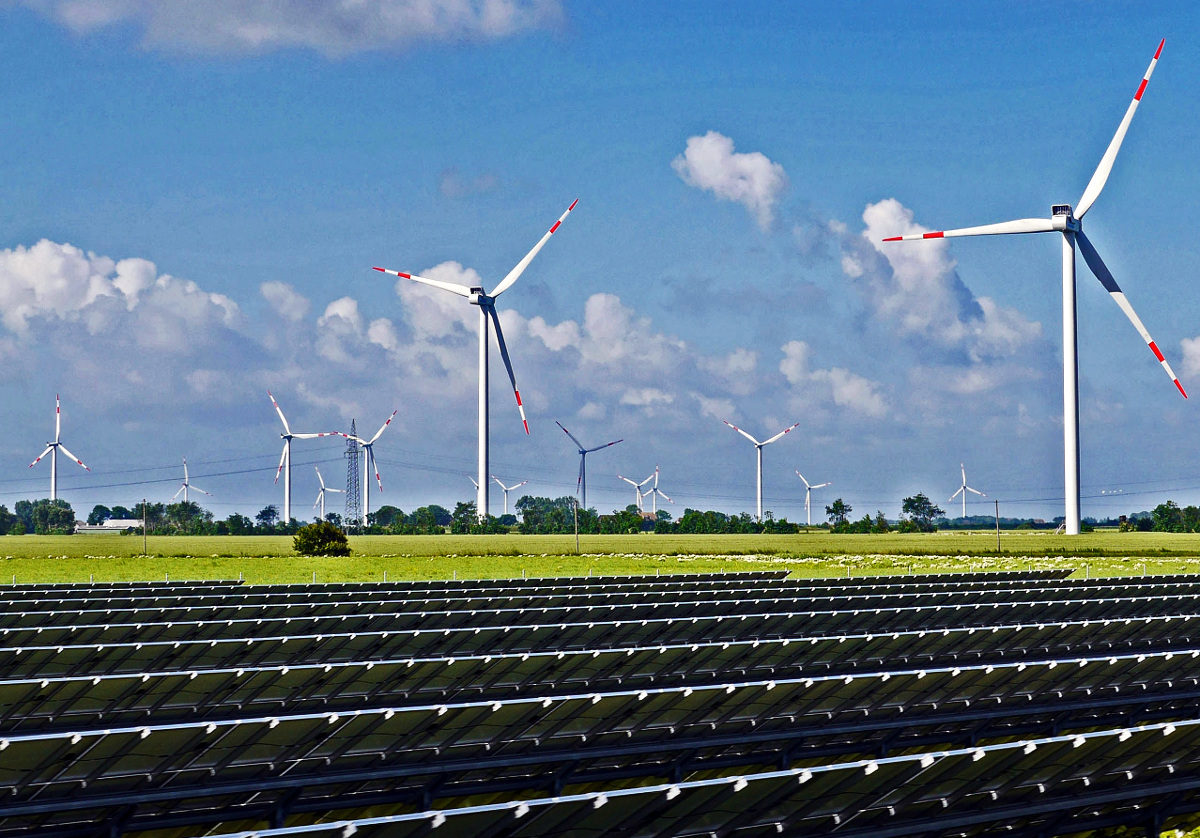A new report by Wood Mackenzie shows that the levelized cost of electricity (LCOE) using renewables could be cheaper than from coal in most markets of the Asia Pacific by 2030.
Currently, India and Australia are the only Asia Pacific countries where renewable power generation already costs lower than new-build coal.
WoodMac said renewable power generation cost across the Asia Pacific region is currently, on an average, about 16% higher than coal power. However, the situation will reverse by the end of the decade, and generating electricity from renewables will require 23% less investment than from coal by 2030.
Wood Mackenzie senior analyst Rishab Shrestha said: “Today, India and Australia are the only markets in the Asia Pacific with LCOE for renewables cheaper than new-build coal. However, by the end of the decade, we can expect almost all markets in the region to have renewable power at a discount compared to the lowest-cost fossil fuel. The stage is set for the rapid growth of subsidy-free renewables in the Asia Pacific.”
India
The report forecasts renewable power generation cost in India will further dip to become 56% cheaper than new-build coal by 2030. In Australia, the second cheapest renewable power market in the Asia Pacific, it will be 47% cheaper than new-build coal.
The report attributes India’s emergence as a cost leader to low construction and labour costs and good renewable resources. The massive renewables market potential has attracted many investors, leading to intense competition and cost declines, it stated.
Other markets
The report said while Australia and China have similar solar costs, the former market has better solar insolation, whereas CAPEX is cheaper in the latter market. However, due to lower coal LCOE in China, the renewables premium remains relatively high.
WoodMac expects renewables in China to beat coal next year.
Shrestha said: “The winds will change in China as we expect renewables’ LCOE to be cheaper than coal next year. Over this decade, the renewables discount over fossil fuels will grow to 40% on average across China, as the LCOE of new wind and solar plants fall below those of fossil fuels, and also taking into consideration a carbon price.”
Three other markets—South Korea, Thailand and Vietnam—will join China with lower renewables power costs than coal in 2021.
Japan, the most expensive renewables market in 2020, can also expect renewables to become 1% cheaper than fossil fuels by 2030. The cost of renewable power generation in the country is high largely due to higher labour costs, environmental permit costs, land constraints, and lower renewable resource availability.
Taiwan will see the cost of renewables power to be around 30% cheaper than fossil fuel power costs by the end of the decade.
Solar plus storage
WoodMac said solar-plus-storage projects in the Asia Pacific would become cost-competitive with gas by 2026.
Shrestha said: “Despite low renewables costs, government policy is still critical in the future to attract investors, manage grid reliability and transmission upgrades, and encourage battery storage to manage the intermittency of renewables. Our LCOE estimates for solar plus storage and wind plus storage projects show that they can start to compete with gas in 2026 and 2032, respectively. However, it will take much longer for these technologies to compete with coal.”
This content is protected by copyright and may not be reused. If you want to cooperate with us and would like to reuse some of our content, please contact: editors@pv-magazine.com.









2 comments
By submitting this form you agree to pv magazine using your data for the purposes of publishing your comment.
Your personal data will only be disclosed or otherwise transmitted to third parties for the purposes of spam filtering or if this is necessary for technical maintenance of the website. Any other transfer to third parties will not take place unless this is justified on the basis of applicable data protection regulations or if pv magazine is legally obliged to do so.
You may revoke this consent at any time with effect for the future, in which case your personal data will be deleted immediately. Otherwise, your data will be deleted if pv magazine has processed your request or the purpose of data storage is fulfilled.
Further information on data privacy can be found in our Data Protection Policy.